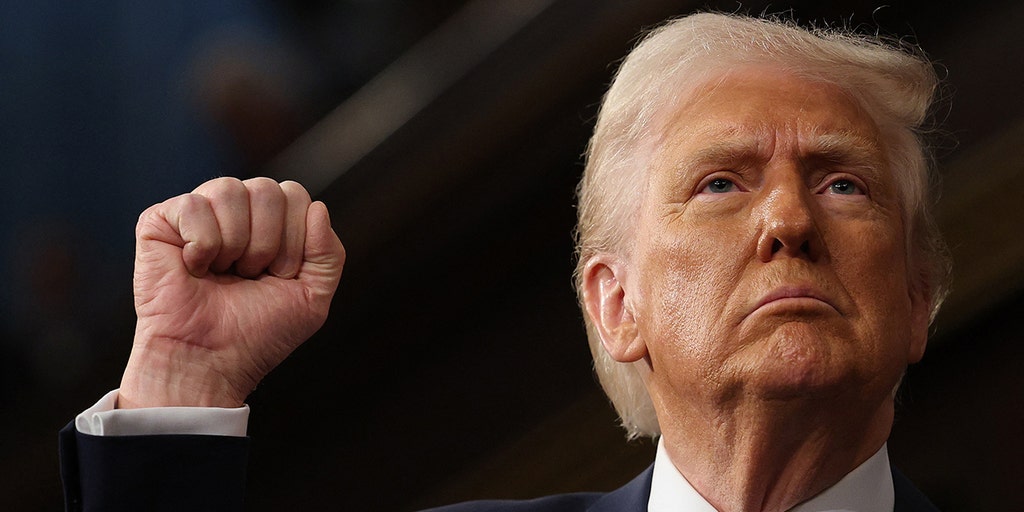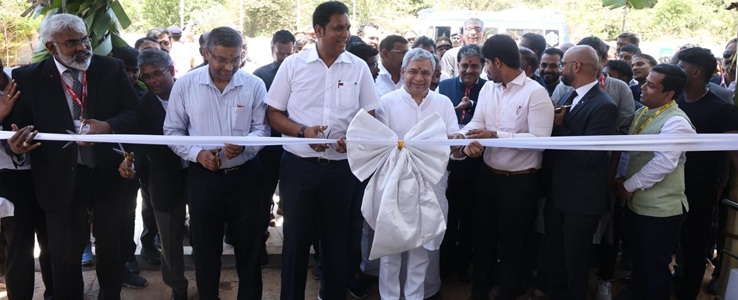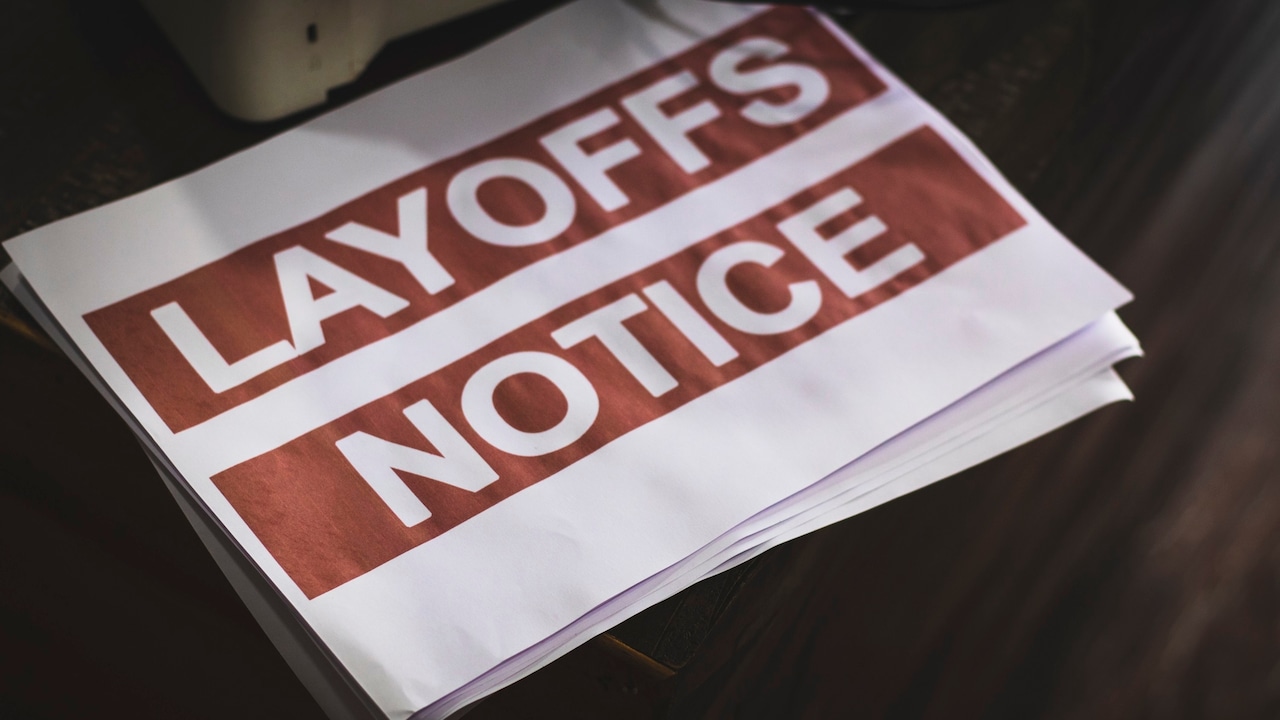Inside the Factory Floor: The Untold Story of American Manufacturing's Transformation
Manufacturing
2025-04-17 13:49:20Content
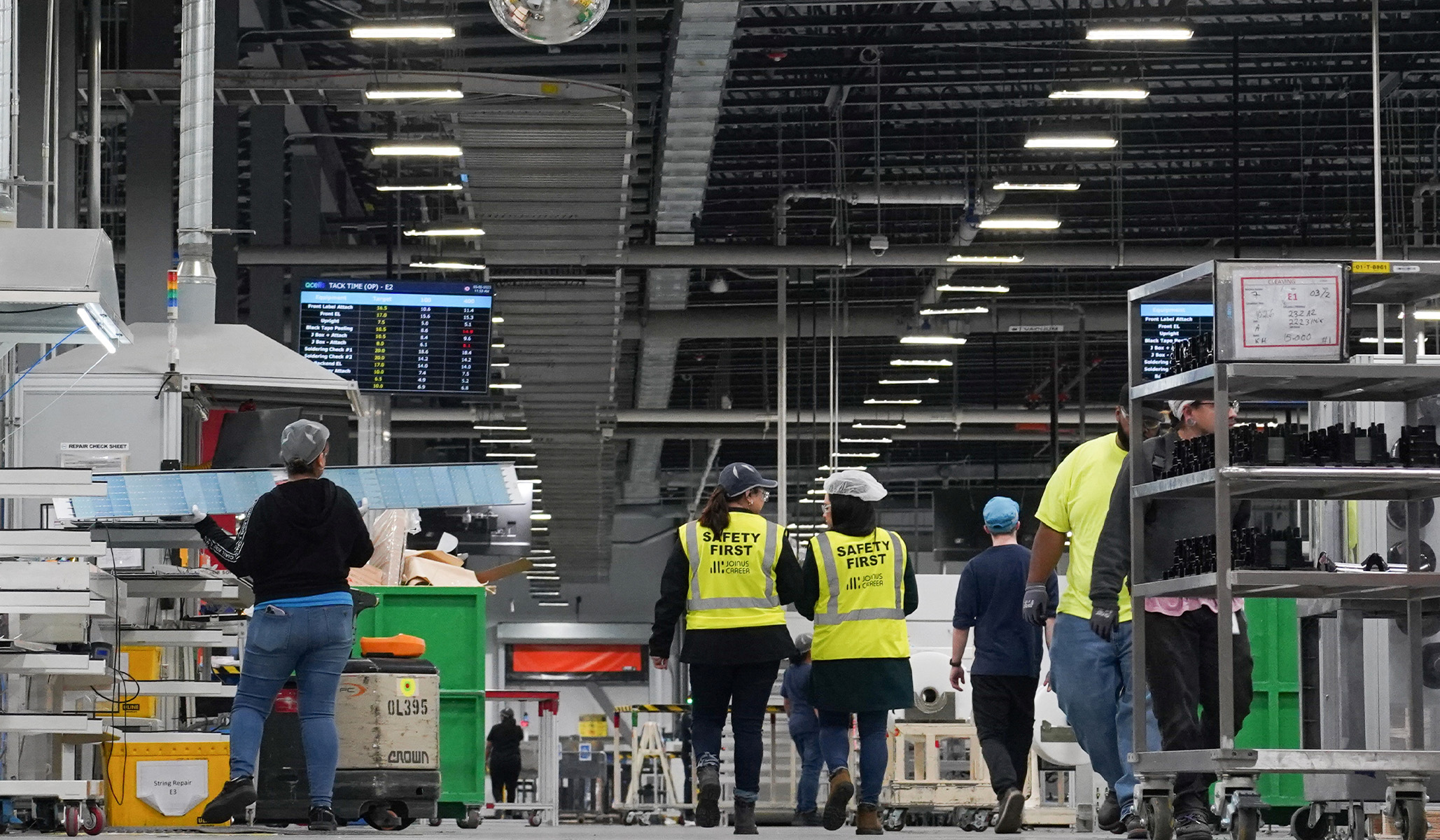
Despite Persistent Pessimism, American Manufacturing Shows Resilience and Promise
The narrative surrounding U.S. manufacturing has long been painted with broad strokes of pessimism, with many predicting its inevitable decline. However, a closer examination reveals a more nuanced and surprisingly optimistic landscape.
Recent years have witnessed a remarkable transformation in the manufacturing sector. While global competition and technological disruption have challenged traditional manufacturing models, American companies are adapting with remarkable ingenuity. Advanced technologies like automation, artificial intelligence, and precision robotics are breathing new life into industrial production.
The COVID-19 pandemic exposed critical vulnerabilities in global supply chains, prompting many businesses to reconsider offshore manufacturing and prioritize domestic production. This shift, coupled with government initiatives supporting domestic manufacturing, has sparked a renewed interest in rebuilding and strengthening American industrial capabilities.
Emerging sectors such as clean energy, advanced electronics, and high-tech manufacturing are creating exciting opportunities. Innovative companies are not just surviving but thriving, demonstrating that American manufacturing is far from obsolete. Skilled workforce development, technological innovation, and strategic investments are positioning the United States to compete effectively in the global marketplace.
While challenges remain, the future of U.S. manufacturing looks increasingly promising. The sector is not dying but evolving, adapting, and preparing to lead in the next era of industrial innovation.
Revitalizing American Manufacturing: A Renaissance of Innovation and Resilience
In the complex landscape of global economic dynamics, the United States manufacturing sector stands at a critical crossroads, challenging conventional narratives of decline and presenting unprecedented opportunities for transformation and growth. The industrial heartland of America is not merely surviving but preparing to redefine its global economic significance through strategic innovation, technological advancement, and adaptive workforce development.Forging America's Industrial Future: Beyond Traditional Limitations
The Technological Revolution in Manufacturing
The contemporary manufacturing ecosystem is experiencing a profound metamorphosis driven by cutting-edge technologies. Artificial intelligence, advanced robotics, and sophisticated machine learning algorithms are revolutionizing production processes, enabling unprecedented levels of precision, efficiency, and customization. Manufacturers are no longer constrained by traditional manufacturing paradigms but are instead creating intelligent, interconnected production environments that can rapidly adapt to changing market demands. Emerging technologies like 3D printing and digital twin simulations are transforming design and production methodologies. Companies are leveraging these innovations to reduce development cycles, minimize waste, and create more sustainable manufacturing practices. The integration of Internet of Things (IoT) sensors and real-time data analytics allows manufacturers to predict maintenance needs, optimize resource allocation, and enhance overall operational performance.Workforce Transformation and Skills Development
The modern manufacturing workforce represents a sophisticated blend of technical expertise and adaptive skills. Educational institutions and industry leaders are collaborating to develop comprehensive training programs that equip workers with advanced technological competencies. Vocational schools and community colleges are redesigning curricula to address the evolving skill requirements of high-tech manufacturing environments. Apprenticeship programs and public-private partnerships are emerging as critical mechanisms for bridging the skills gap. These initiatives provide structured pathways for workers to transition into advanced manufacturing roles, offering competitive salaries and opportunities for continuous professional development. The focus has shifted from traditional manual labor to roles that require complex problem-solving, technological proficiency, and innovative thinking.Global Competitiveness and Strategic Reshoring
The global manufacturing landscape is experiencing significant reconfiguration, with the United States positioning itself as a strategic hub of innovation and production. Reshoring initiatives are gaining momentum as companies recognize the strategic advantages of domestic manufacturing, including reduced supply chain vulnerabilities, enhanced quality control, and greater flexibility in responding to market changes. Geopolitical tensions and recent global disruptions have accelerated this trend, prompting businesses to reevaluate their international manufacturing strategies. Advanced manufacturing capabilities, coupled with robust intellectual property protections and a skilled workforce, are making the United States an increasingly attractive destination for high-value manufacturing investments.Sustainable Manufacturing and Environmental Stewardship
Environmental sustainability has transitioned from a peripheral concern to a central strategic imperative in modern manufacturing. Companies are implementing comprehensive sustainability strategies that encompass energy efficiency, waste reduction, and circular economy principles. Renewable energy technologies, advanced recycling processes, and carbon-neutral manufacturing techniques are becoming standard practice rather than exceptional approaches. Manufacturers are increasingly viewing environmental responsibility as a competitive advantage, attracting environmentally conscious consumers and investors. The integration of sustainable practices is driving innovation, creating new market opportunities, and positioning American manufacturing as a global leader in responsible industrial development.Economic and Policy Implications
Federal and state governments are recognizing the critical role of manufacturing in economic resilience and are developing supportive policy frameworks. Strategic investments in research and development, tax incentives for technological innovation, and targeted workforce training programs are creating an ecosystem that nurtures manufacturing growth and competitiveness. The convergence of technological innovation, workforce development, and strategic policy support signals a promising future for American manufacturing. Far from being a declining sector, manufacturing is emerging as a dynamic, innovative, and essential component of the United States' economic landscape.RELATED NEWS
Manufacturing

Breaking Barriers: Inside the Candid Conversations of SME's Mentorship Matchups
2025-04-16 10:00:00
Manufacturing
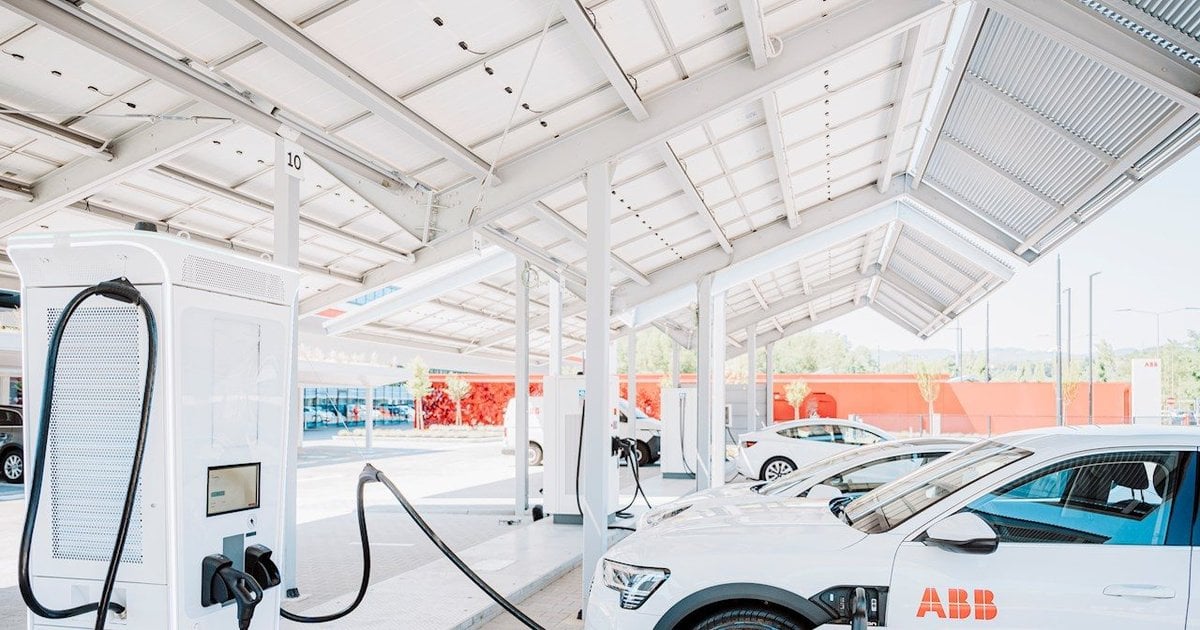
Electric Vehicle Revolution: ABB Forecasts Surge, Warns of Ambitious Timelines
2025-03-04 09:00:00
Manufacturing
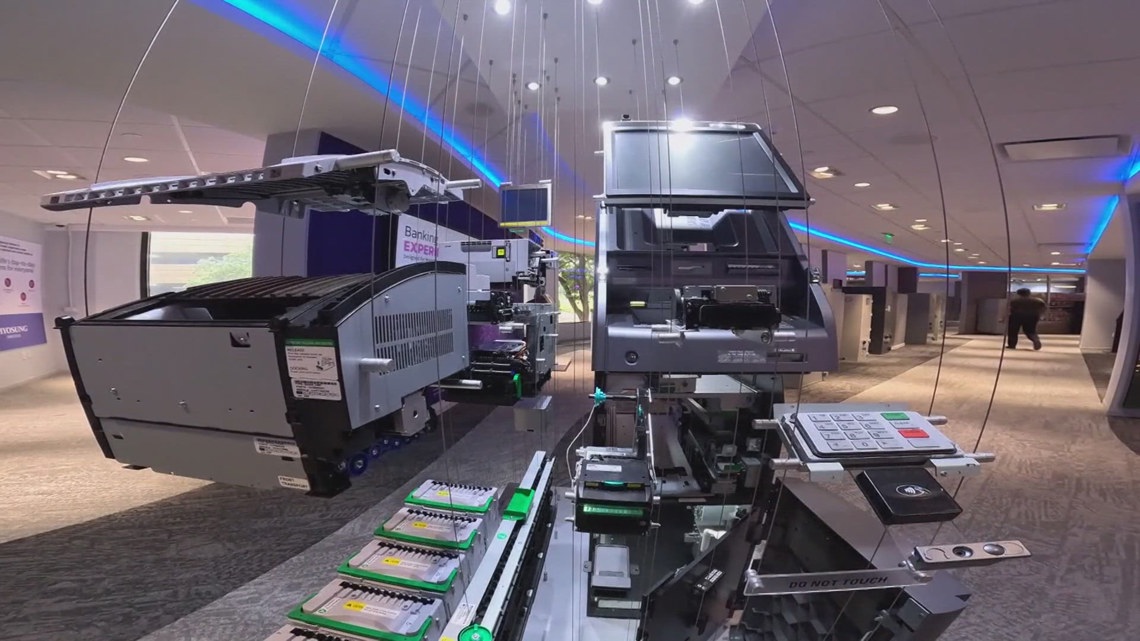
Tariff Tremors: How Global ATM Giant Navigates Economic Crosswinds
2025-04-19 23:10:00

